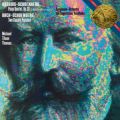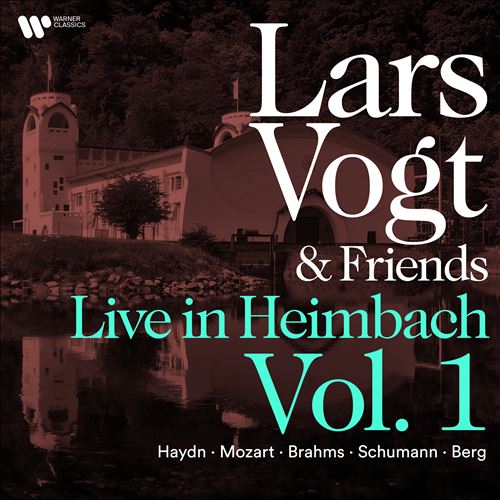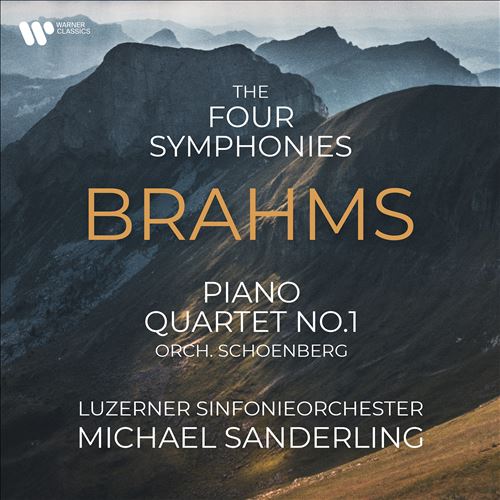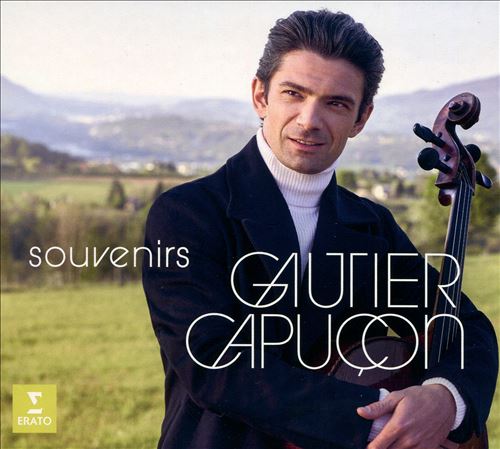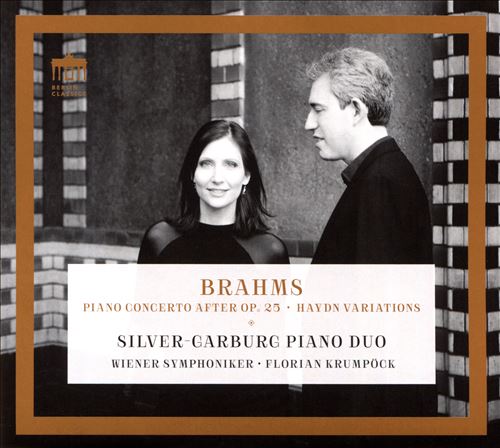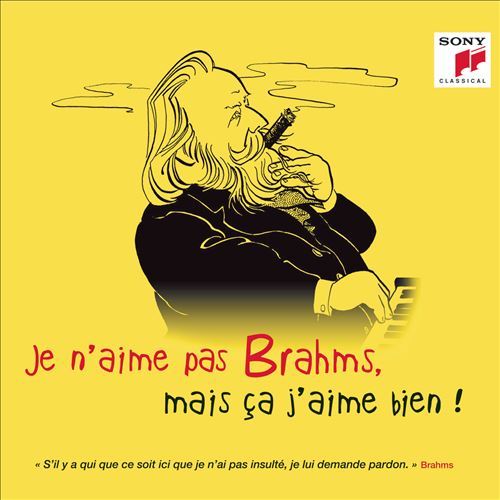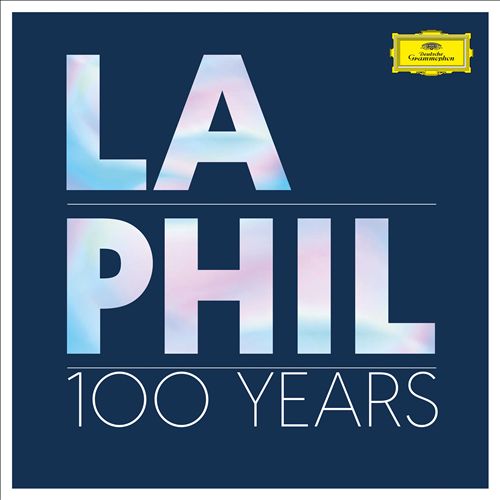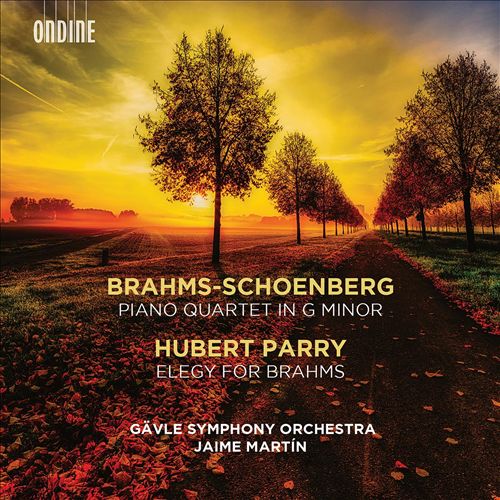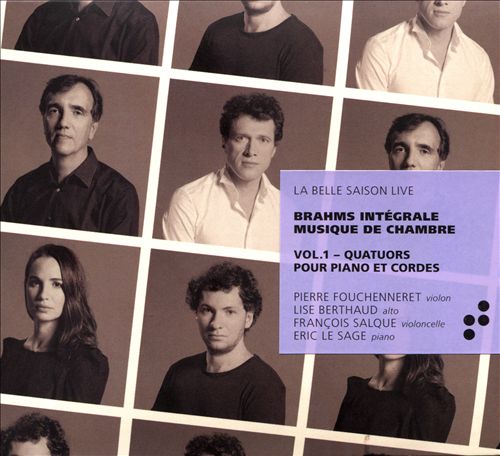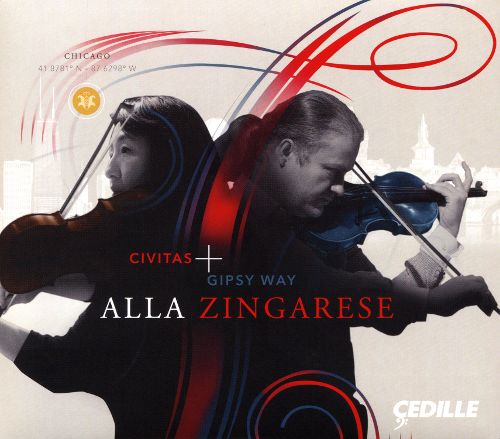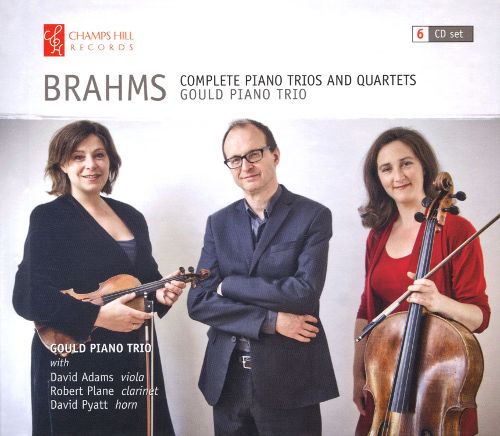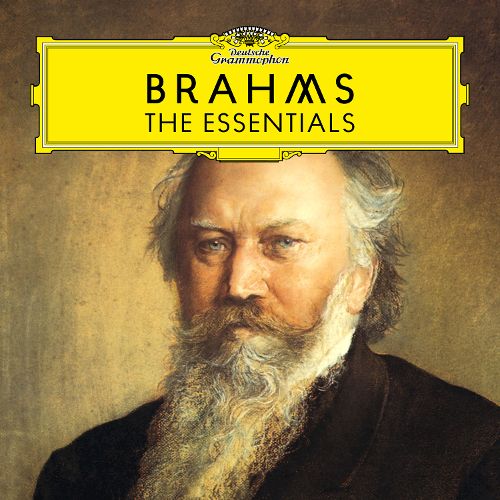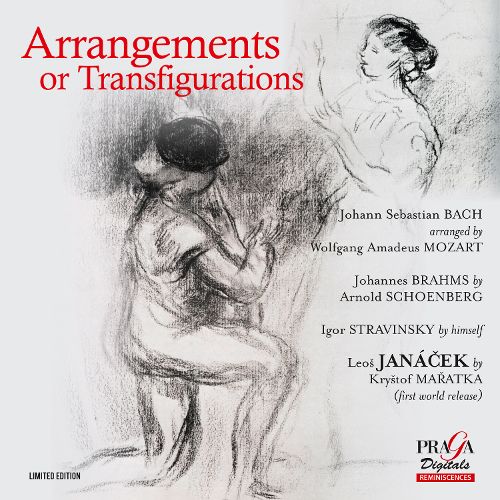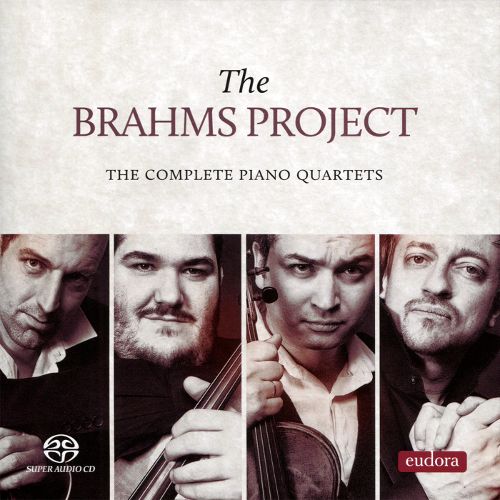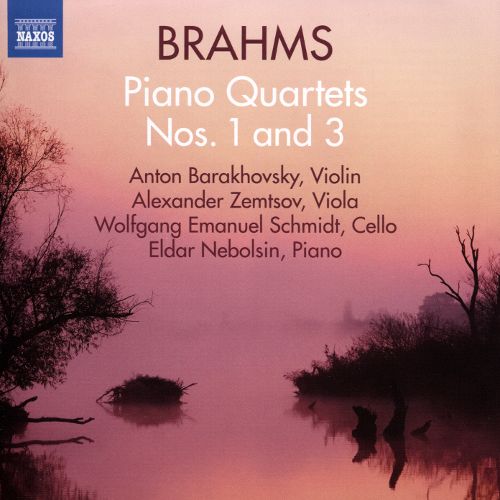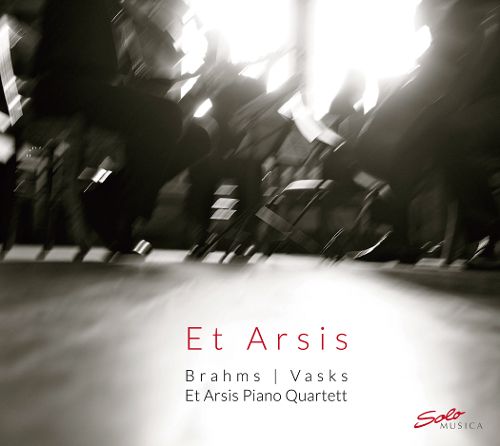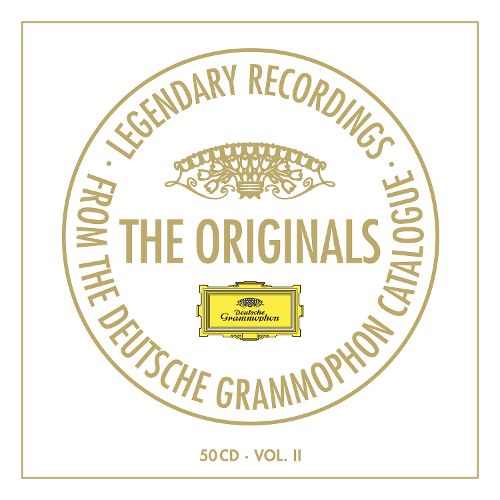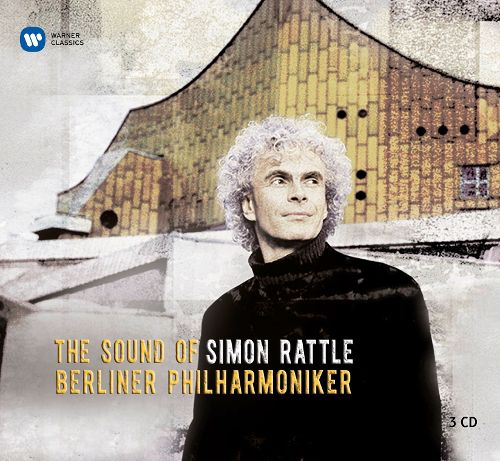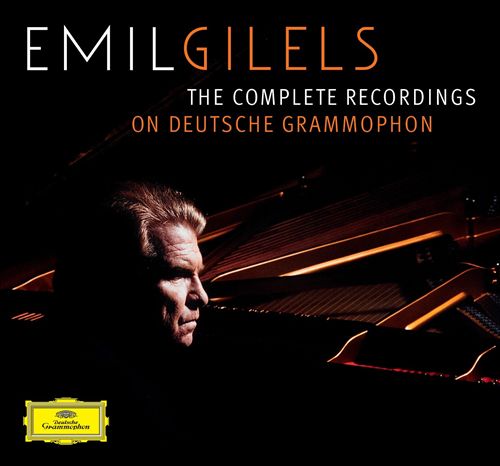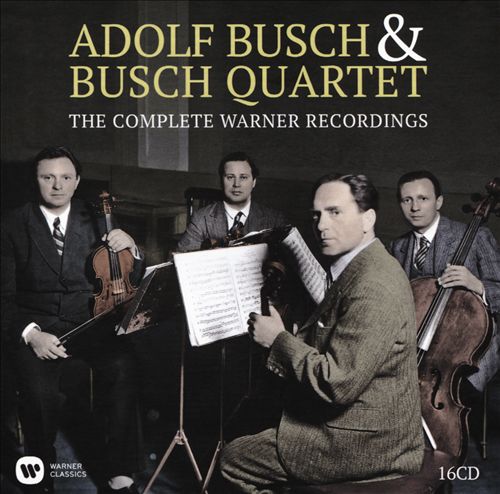Johannes Brahms (요하네스 브람스)
Piano Quartet No. 1 in G minor, Op. 25
100
10,000
1,400
WORK INFO
작곡가: Johannes Brahms (요하네스 브람스)작곡년도: 1861평균연주: 39:28악장1Allegro13:232Intermezzo. Allegro, ma non troppo8:193Andante con moto9:564Rondo all Zingarese. Presto8:24The Piano Quartet in G minor, Op. 25, was composed by Johannes Brahms between 1856 and 1861. It was premiered in 1861 in Hamburg, with Clara Schumann playing the piano. It was also played in Vienna on November 16, 1862, with Brahms himself at the piano supported by members of the Hellmesberger Quartet. Like most piano quartets, it is scored for piano, violin, viola and cello. The quartet is in four movements:
This first movement, a sonata form movement in G minor and common time, begins immediately with the first theme, a declamatory statement in straight quarter-notes, stated in octaves for the piano alone. This theme is the opening cell that governs the content of the rest of the musical material in the movement. The other instruments soon join in to develop this initial theme and cadence in G minor. There are five other themes in the exposition. The second is in B-flat major (for all instruments), the third is in D minor (beginning with violoncello solo), and the fourth and fifth are in D major (the fourth being the D minor theme in the major mode and developed differently as well, and the fifth being a more exuberant idea for all instruments, marked 'animato'). The exposition ends with a closing section that develops only the opening theme and oscillates between D major and D minor, and eventually ends, almost reluctantly, in D major. Although the exposition is not repeated, Brahms creates the illusion of its repetition by starting the development section with the identical ten measures that begins the exposition, up to and including the strong G minor cadence. The development section then goes through many of the themes previously heard and extends them in new ways, and moves from A minor to E minor and eventually to D major. Very atypically, the recapitulation begins not with the first theme, but with the second theme in G major. The resolution is short-lived, as it moves back to the minor mode, where it cadences after an imitative development of the first theme in G minor. The recapitulation ends with a coda that is relatively brief but intense, concluding with an ascending passage built through imitation of the opening cell, whose buildup comes suddenly crashing down in a descending 'fortissimo' phrase. The piece ends on a desolate and incomplete-sounding G minor chord, the highest notes being the third and fifth scale degrees of the tonic triad rather than the tonic.From WIKIPEDIA
RELEASED ALBUMS
-
The Roaring SeventiesJanuary 19, 2025
-
Brahms-Schoenberg: Piano Quartet in G minor, Op. 25; Two Chorale PreludesDecember 20, 2024
-
Michael Tilson Thomas: The Complete Columbia, Sony and CBS RecordingsDecember 6, 2024
-
Brahms: Reimagined OrchestrationsJune 7, 2024
-
Lars Vogt: The Complete Warner Classics EditionMarch 29, 2024
-
Lars Vogt & Friends Live in Heimbach, Vol. 1June 16, 2023
-
Brahms: The Four Symphonies; Piano Quartet No. 1 (Orch. Schoenberg)April 7, 2023
-
SouvenirsNovember 5, 2021
-
Brahms: Piano Concerto After Op. 25; Haydn VariationsFebruary 5, 2021
-
Mozart XI: Piano Concerto No. 23; Brahms/Schönberg: Piano Quartet No. 1; Vähi: To the MotherAugust 9, 2019
-
Je n'aime pas Brahms, mais ça j'aime bien !May 17, 2019
-
LA PHIL: 100 YearsMarch 22, 2019
-
Mozart, Brahms, MahlerMarch 15, 2019
-
Brahms-Schoenberg: Piano Quartet in G minor; Hubert Parry: Elegy for BrahmsFebruary 8, 2019
-
Brahms: Integrale Musique de Chambre, Vol. 1 - Quatuors pour piano et cordesOctober 12, 2018
-
Alla ZingareseAugust 17, 2018
-
Steven Staryk: A Retrospective: Vol. 9November 3, 2017
-
Brahms: Complete Piano Trios and QuartetsSeptember 29, 2017
-
Brahms: The EssentialsSeptember 1, 2017
-
Brahms: Piano Concertos; Piano Works; Chamber MusicAugust 18, 2017
-
Arrangements or TransfigurationsMay 26, 2017
-
Brahms, SchumannMarch 17, 2017
-
The Brahms Project: The Complete Piano Quartets2017
-
Brahms: Piano Quartets Nos. 1 and 3November 11, 2016
-
Et Arsis: Brahms, VasksNovember 11, 2016
-
The Originals, Vol. 2September 9, 2016
-
The Sound of Simon Rattle, Berliner PhilharmonikerJune 17, 2016
-
Lutoslawski: Concerto for Orchestra; Brahms orch. Schoenberg: Piano Quartet in G minoar, Op. 25April 1, 2016
-
Emil Gilels: The Complete Recordings on Deutsche GrammophonJanuary 8, 2016
-
Adolf Busch & Busch Quartet: The Complete Warner RecordingsNovember 13, 2015
FEATURED MOVIES
-
 41:05브람스: 피아노 4중주 1번 G단조 Op. 25
41:05브람스: 피아노 4중주 1번 G단조 Op. 25 -
 09:29브람스: 피아노 4중주 1번 G단조 Op. 25 4. Rondo all Zingarese. PrestoWinter 2014
09:29브람스: 피아노 4중주 1번 G단조 Op. 25 4. Rondo all Zingarese. PrestoWinter 2014 -
 08:50브람스: 피아노 4중주 1번 G단조 Op. 25 4. Rondo all Zingarese. PrestoJune 2013Wigmore Hall
08:50브람스: 피아노 4중주 1번 G단조 Op. 25 4. Rondo all Zingarese. PrestoJune 2013Wigmore Hall -
 13:45브람스: 피아노 4중주 1번 G단조 Op. 25 1. Allegro2014Sid & Mary Foulger International Music Festival
13:45브람스: 피아노 4중주 1번 G단조 Op. 25 1. Allegro2014Sid & Mary Foulger International Music Festival -
 08:13브람스: 피아노 4중주 1번 G단조 Op. 25 1. Allegro part 1 of 52009Santa Fe Chamber Music Festival
08:13브람스: 피아노 4중주 1번 G단조 Op. 25 1. Allegro part 1 of 52009Santa Fe Chamber Music Festival -
 45:35브람스: 피아노 4중주 1번 G단조 Op. 2519 January 2013Elder Hall, Adelaide
45:35브람스: 피아노 4중주 1번 G단조 Op. 2519 January 2013Elder Hall, Adelaide -
 39:36브람스: 피아노 4중주 1번 G단조 Op. 25
39:36브람스: 피아노 4중주 1번 G단조 Op. 25 -
 25:12브람스: 피아노 4중주 1번 G단조 Op. 25 1. Allegro , 2. Intermezzo. Allegro, ma non troppoNovember 06, 2012이화여자대학교 대학원관 중강당
25:12브람스: 피아노 4중주 1번 G단조 Op. 25 1. Allegro , 2. Intermezzo. Allegro, ma non troppoNovember 06, 2012이화여자대학교 대학원관 중강당 -
 08:54브람스: 피아노 4중주 1번 G단조 Op. 25 4. Rondo all Zingarese. Presto2014. 9.24예술의전당 아티스트라운지
08:54브람스: 피아노 4중주 1번 G단조 Op. 25 4. Rondo all Zingarese. Presto2014. 9.24예술의전당 아티스트라운지 -
 08:30브람스: 피아노 4중주 1번 G단조 Op. 25 4. Rondo all Zingarese. Presto2012. 5. 19예술의전당 콘서트홀
08:30브람스: 피아노 4중주 1번 G단조 Op. 25 4. Rondo all Zingarese. Presto2012. 5. 19예술의전당 콘서트홀 -
 08:48브람스: 피아노 4중주 1번 G단조 Op. 25 4. Rondo all Zingarese. Presto2014. 7. 19예술의전당 콘서트홀
08:48브람스: 피아노 4중주 1번 G단조 Op. 25 4. Rondo all Zingarese. Presto2014. 7. 19예술의전당 콘서트홀 -
 40:40브람스: 피아노 4중주 1번 G단조 Op. 25Jul.29. 2012Alpensia Concert Hall, Pyeongchang
40:40브람스: 피아노 4중주 1번 G단조 Op. 25Jul.29. 2012Alpensia Concert Hall, Pyeongchang -
 43:04브람스: 피아노 4중주 1번 G단조 Op. 255/2014Arthur Rubinstein Piano Master Competition
43:04브람스: 피아노 4중주 1번 G단조 Op. 255/2014Arthur Rubinstein Piano Master Competition -
 43:23브람스: 피아노 4중주 1번 G단조 Op. 255/2014Arthur Rubinstein Piano Master Competitio
43:23브람스: 피아노 4중주 1번 G단조 Op. 255/2014Arthur Rubinstein Piano Master Competitio -
 40:33브람스: 피아노 4중주 1번 G단조 Op. 25Dec 2014Toppan Hall, Tokyo
40:33브람스: 피아노 4중주 1번 G단조 Op. 25Dec 2014Toppan Hall, Tokyo
ALBUM MUSIC
WORKS SHOUTS



